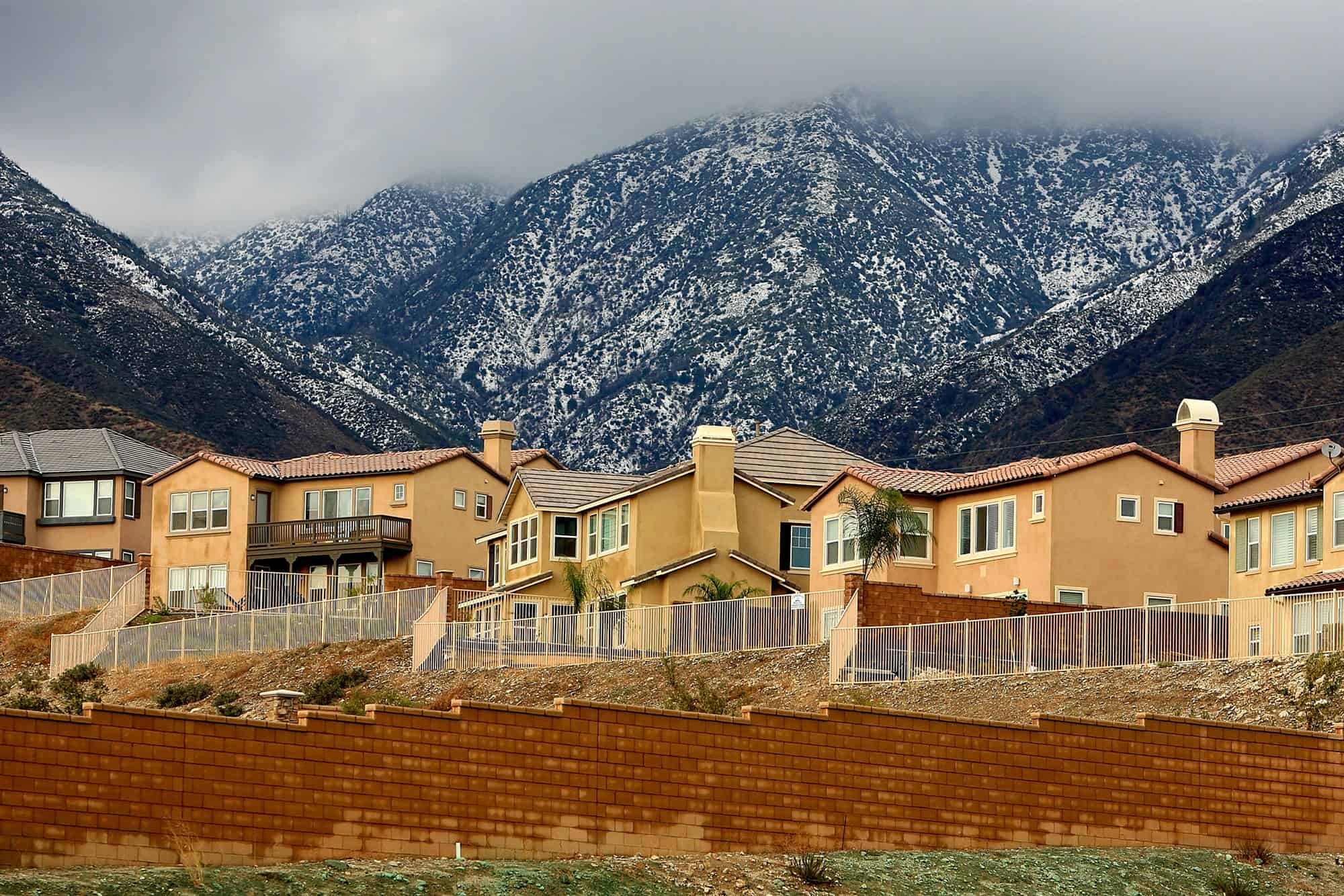
Normally, when you save your money in a bank, the bank pays you interest. When you take out a loan, the bank charges you interest. These rates are set by the Federal Reserve and help guide the country’s economic policy.
President Donald Trump wants to upend that, saying a negative interest rate would further boost the economy. What does that mean for bank accounts and loans when how much they make you or cost you is tied to these rates?
Interest rates have always been positive. If that were reversed, and they turn negative, then theoretically the effects could be negative also.
“In a topsy-turvy world of negative interest rates, borrowers win and get paid while savers are penalized,” Ryan Sweet, an economist at Moody’s Analytics, told NBC News.
While no one expects rates to drop to zero or turn negative any time soon, Trump and some of the giants of consumer finance have opened a door that was long assumed to be locked. It’s worth peering through.
Jamie Dimon, CEO of America’s largest bank, JPMorgan Chase, gave an outline of what that might look like, at a recent industry conference.
“I don’t think we’ll have zero rates in the U.S. but we’re thinking how to be prepared for it as a normal course of risk management,” he said.
Bank of America, the nation’s second largest bank, has also said negative rates are a “possibility.”
If lending became less profitable for banks, then they would have to increase fee-based income, like fees on wealth management and mortgages. Higher fees on checking accounts, overdrafts, and out-of-network ATM withdrawals could result, experts say.
Customers might also have to pay charges if they conduct certain transactions, such as transferring money in person rather than online.
But don’t worry about the idea of being charged by a bank to keep your money there. Any bank that did that would lose customers for other banks that didn’t. In countries that have tried negative interest rates, only large institutional investors have been charged.
“For consumers, let’s get one thing straight about negative interest rates — no one is going to pay you to take out a loan,” Greg McBride, chief financial analyst for Bankrate, told NBC News.
At banks that have offered a negative mortgage rate, the real world impact for consumers is that the balance on their loan goes down by more than they paid when they make their payments.

